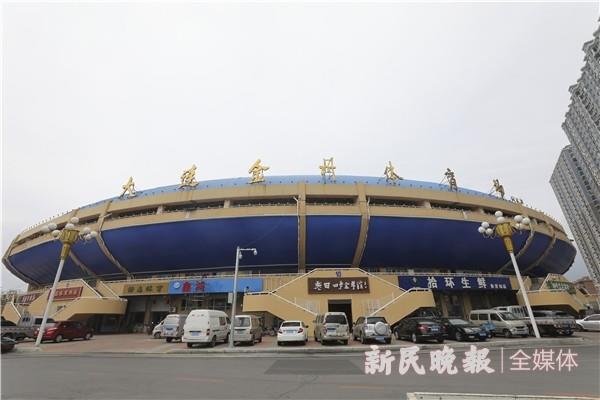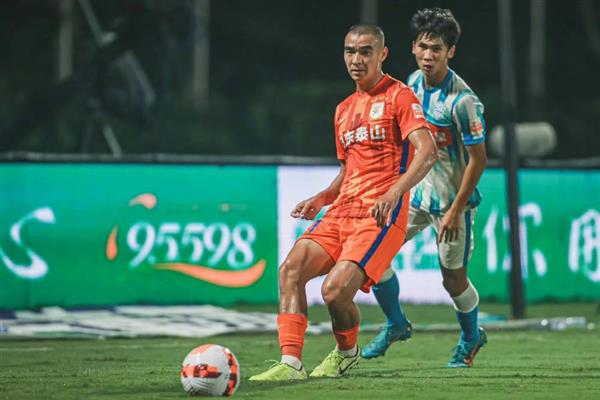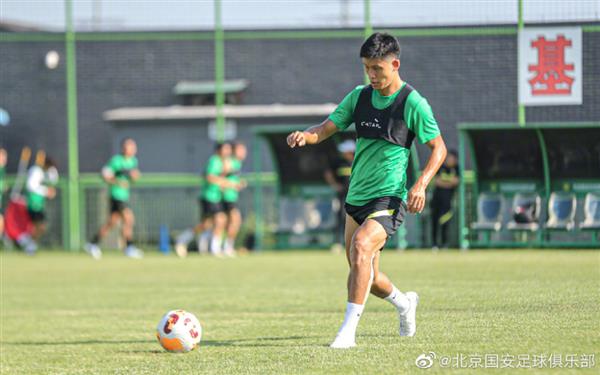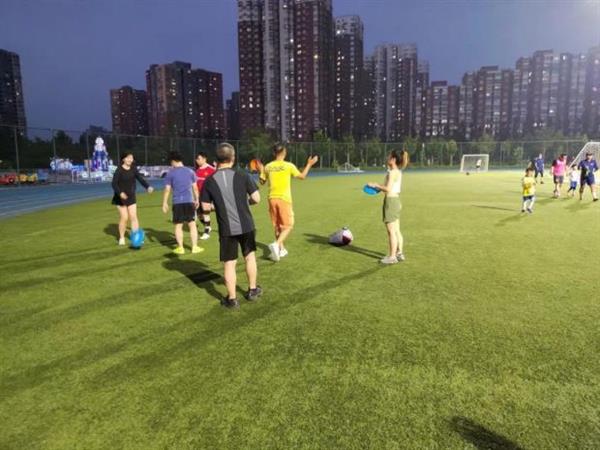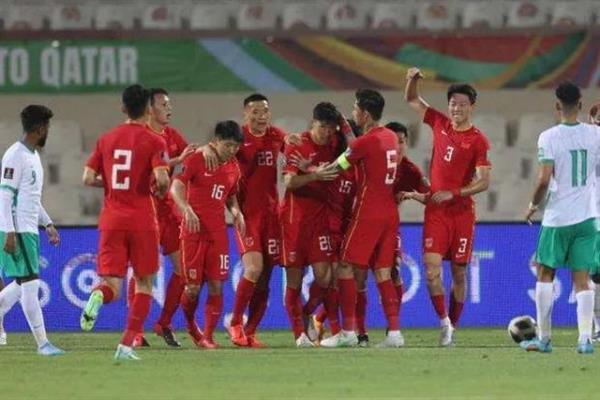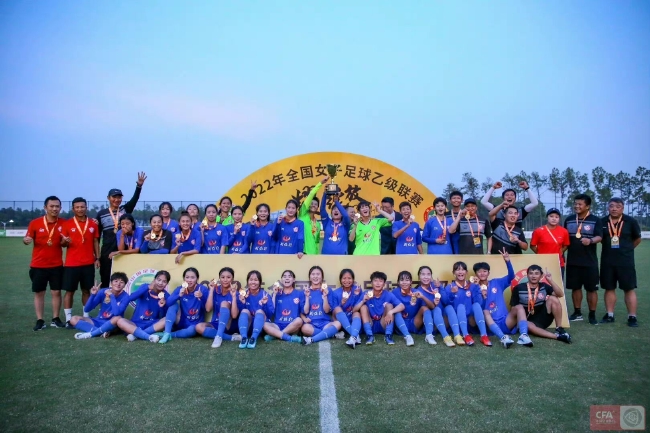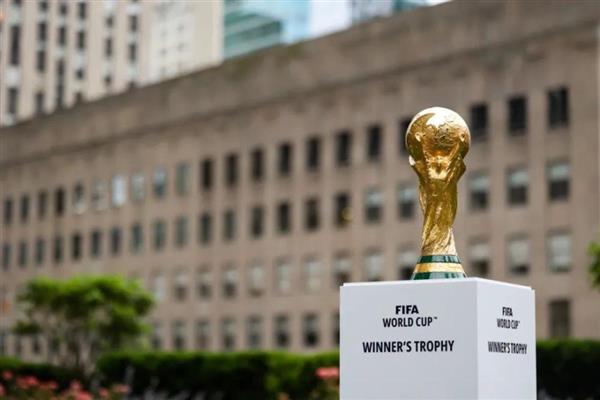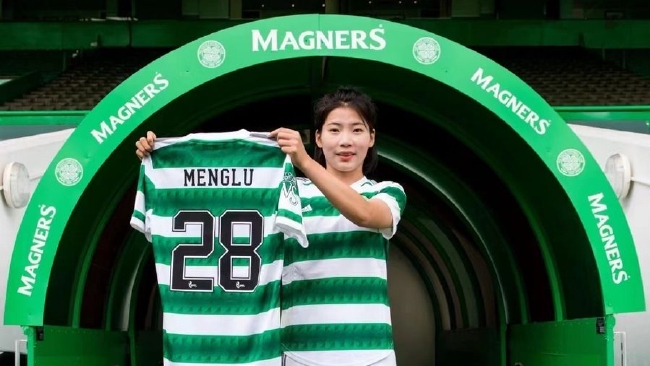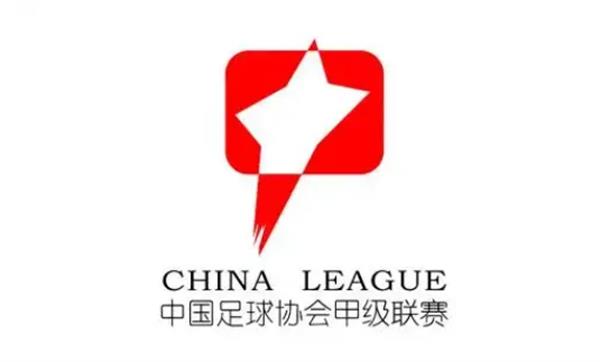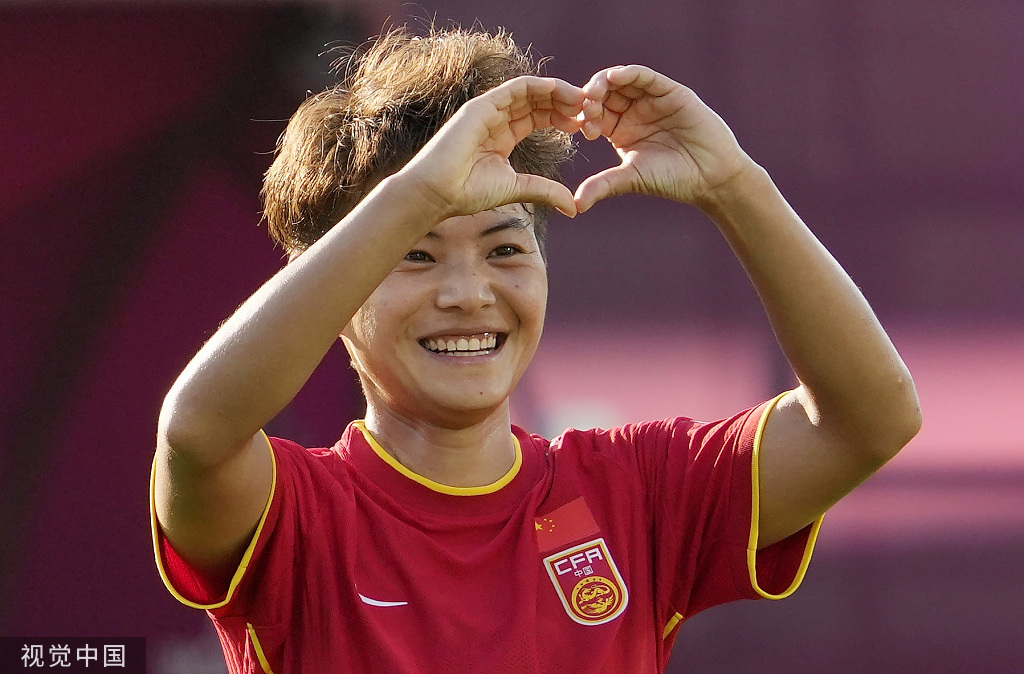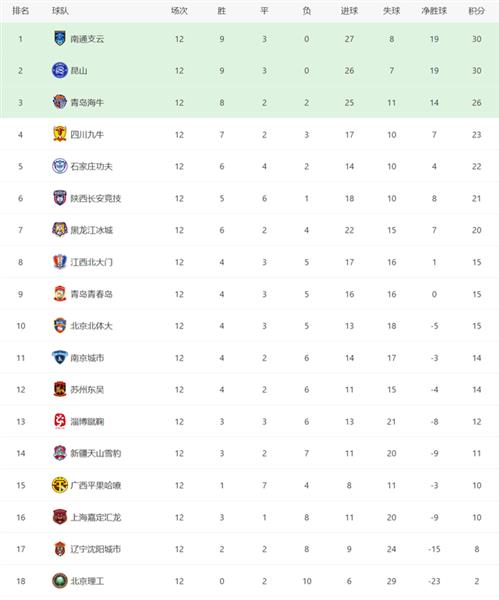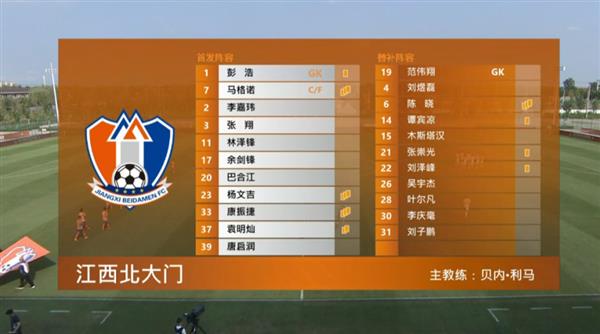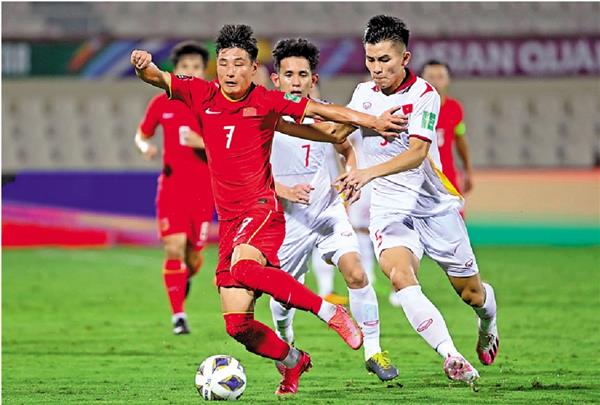
The tournament's Head of PR and Communications, Jenny Mitton from M&C Saatchi Sport and Entertainment, points out that women's football has undergone a sea change in recent years. Just five years into the professionalization of women's football in England, the half-century-long expectation of England's fans has been fulfilled, and the women's game is now discussed almost everywhere.
The enthusiastic atmosphere of the tournament has brought up to £54 million in economic benefits to the host city, even benefiting remote areas. Crowds have recognized the commercial potential of women's sporting events, which will not only inspire more women to take up soccer, but also enhance the commercial value of existing players.
Despite England's women's football team being a step ahead on the road to professionalism, there is still a clear income gap between players, with a BBC report stating that England's women's right back Lucy Bronze can earn up to £200,000 a year and works with multiple brands. Norwegian player Hagberg has signed a multi-million euro sponsorship deal with Nike for 2020. However, these are only a few, the average wage in the Women's Premier League is only £30,000, and most players need to improve their income.
Jenny Mitton expects the situation to improve rapidly. England's women's football triumphs have opened the door to conversations with sponsors and big brands are pouring in. Agents will play a key role in proving the value of sponsorship for the women's game with statistics. Women's footballers have less negative press than their male counterparts, making them more attractive to sponsors.
There are 13 global partners for Women's Euro 2022, including Heineken, Adidas, VISA, Volkswagen and Hublot. However, according to Onside Consulting, only 46% of UK adults can identify the brands sponsoring women's sport, and Onside believes that these brands are not investing enough in the women's sports market as they believe that women's sport is not in the mainstream spotlight.
However, the success of this year's Women's Euro will change all that. Jenny Mitton believes that after seeing the success of the tournament, sponsors will take a fresh look at women's sport and adjust their sponsorship strategies.
Of note is Barclays' partnership with the Women's Premier League. Following the professionalization of women's football in England, Barclays quickly signed a three-year sponsorship deal. The two sides renewed it in 2021, with Barclays investing £30 million over the next three years to support women's football in schools, and the FA planning to support 20,000 schools by 2024 to play women's football.
How to continue the spectacle of Women's Euro 2022 is the key to the future. Many fans are already looking forward to the new season. According to Ipsos Market Research, 44% of the British public and 64% of soccer fans said they would be more likely to watch women's football after the Women's Europa League, with the new Women's Premier League season undoubtedly emerging as the biggest winner. According to the Women's Sports Trust (WST), Women's Premier League matches contributed significantly to a 140% year-on-year increase in viewership of women's sport in the UK in the first half of 2022.
The 2022-23 English Women's Premier League season will open on September 9, the second year of a rights partnership between the Women's Premier League and Sky Sports and the BBC. The two sides signed a three-year deal in 2021, with Sky Sports paying £10 million per season in royalties, up to a maximum of £15 million.
The Women's Premier League has secured a televised opportunity as they aim to continue the excitement of the Women's Europa League. It has always been a challenge to keep viewers' attention after a major sporting event, but now that the Women's Premier League has attracted a number of world-class players, it is up to the challenge.
In 2017, Dutch striker Viviane Miedema won the Golden Boot in the UEFA Champions League and moved from Bayern Munich to Arsenal. During her five years at Arsenal, Miedema helped the team win the title and was named in the FIFA Team of the Year for two consecutive years.In 2019, the Dutch women's soccer team reached the World Cup finals, reintroducing the world to Dutch soccer and their female stars.
In 2020, American Women's Soccer League (NWSL) MVP and Golden Boot winner Sam Kyle joined Chelsea. With her help, Chelsea won the title for the third consecutive season and won the FA Cup and League Cup for the second year in a row. Kyle hails from Australia, and with FIFA's report on the development of women's soccer in 2019 showing that Australia is one of nine countries in the world with 100,000 women's soccer players, there may be more Aussie players in the Premier League in the future.
Going to the Women's Premier League has also become a destination for East Asian players to stay in the world.In 2014, South Korean women's midfield core Ji Xiaoran has joined Chelsea, scoring 68 goals in 210 matches in nine seasons in the game.In 2020, Women's World Cup winner Mana Iwabuchi has joined Aston Villa, and has moved to Arsenal at the end of the season.In 2021, China's international footballer Tang Chia-li has joined Tottenham Hotspur on loan.Wang Frost has also expressed her desire to play in the Premier League. Tottenham Hotspur, and Wang Shuang has expressed her desire to play in the Premier League.
As the Women's Premier League continues to build, and with the attention of the Women's Europa League, the FA has put forward plans to boost attendance in the Women's Premier League over the next few years, aiming for 6,000 spectators per game by 2024.
Women's Euro 2022 may have come to an end, but the story of women's sport has only just begun.


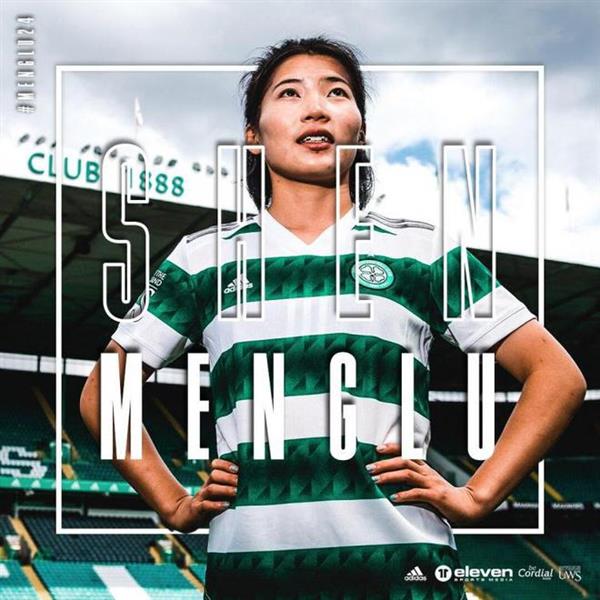

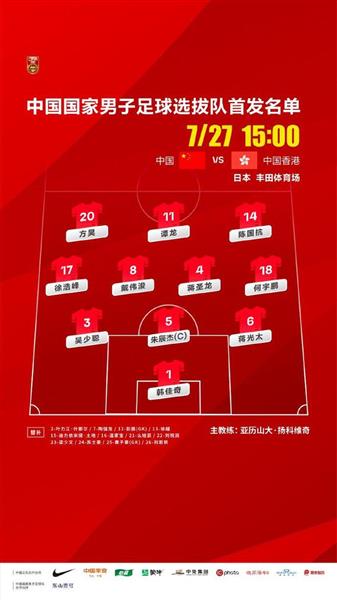
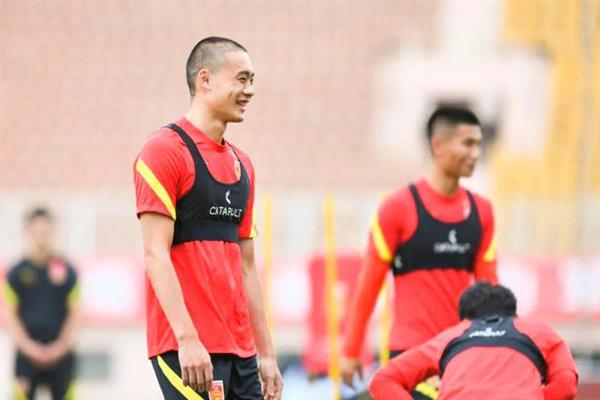
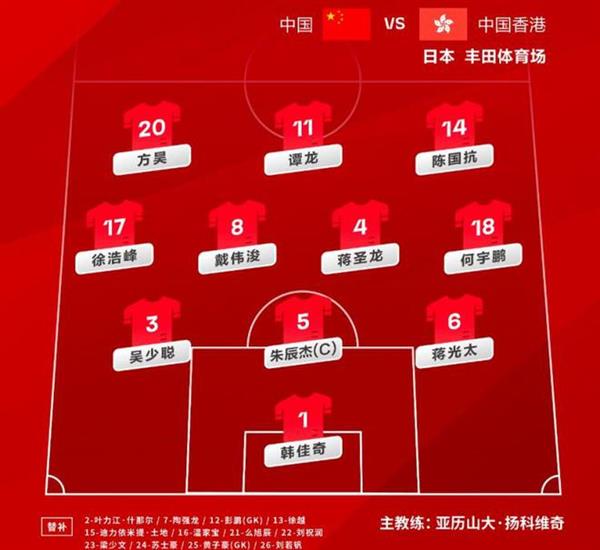
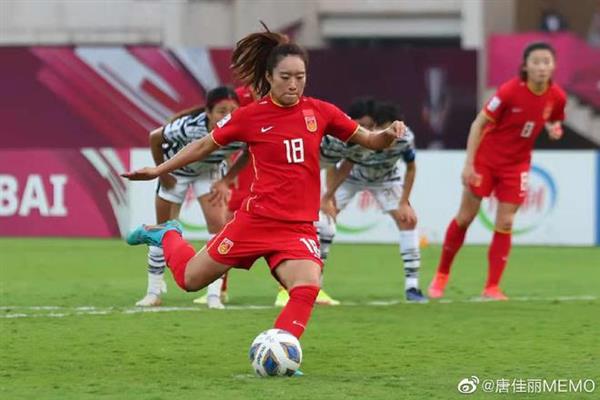
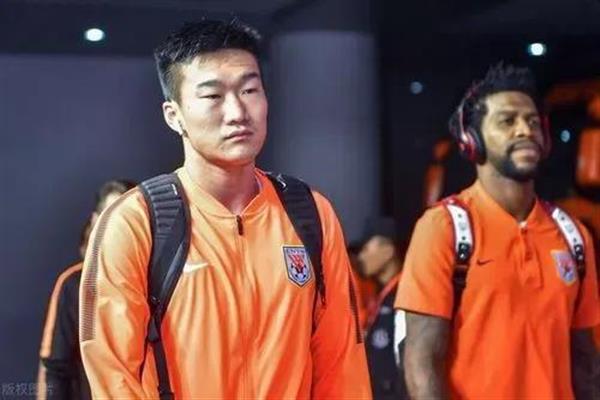
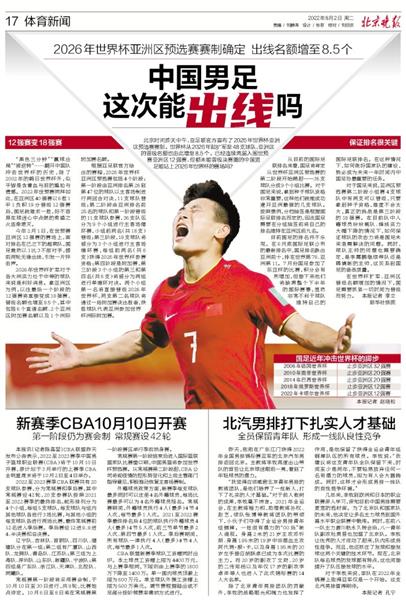
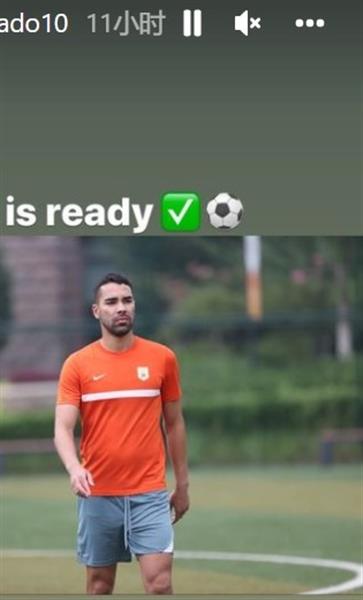

![[EXCLUSIVE REVEAL] Star's impending retirement, next home in doubt?](https://cn.btqiqiu.com/uploadfile/202411/0df999fc479235f.jpg)

